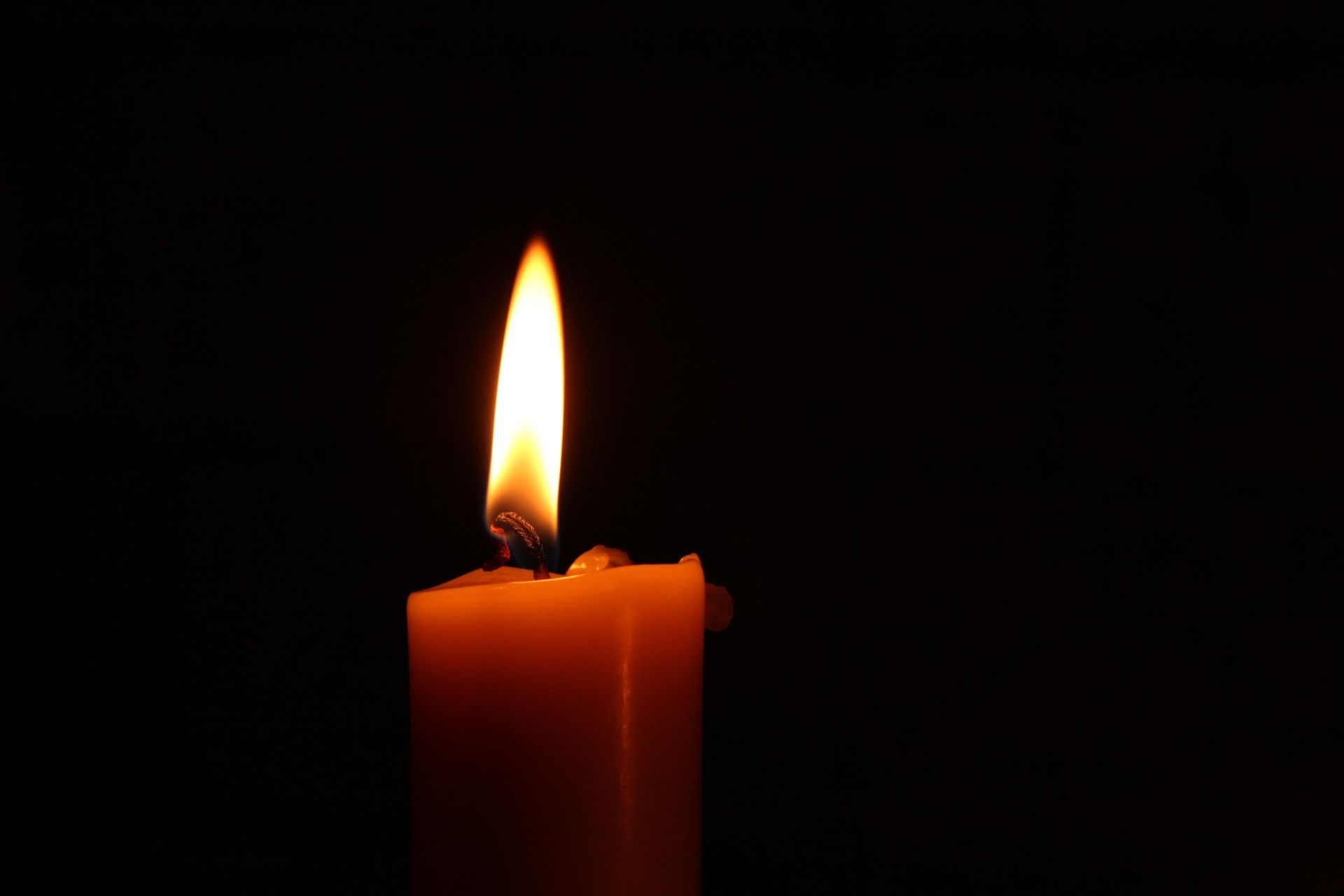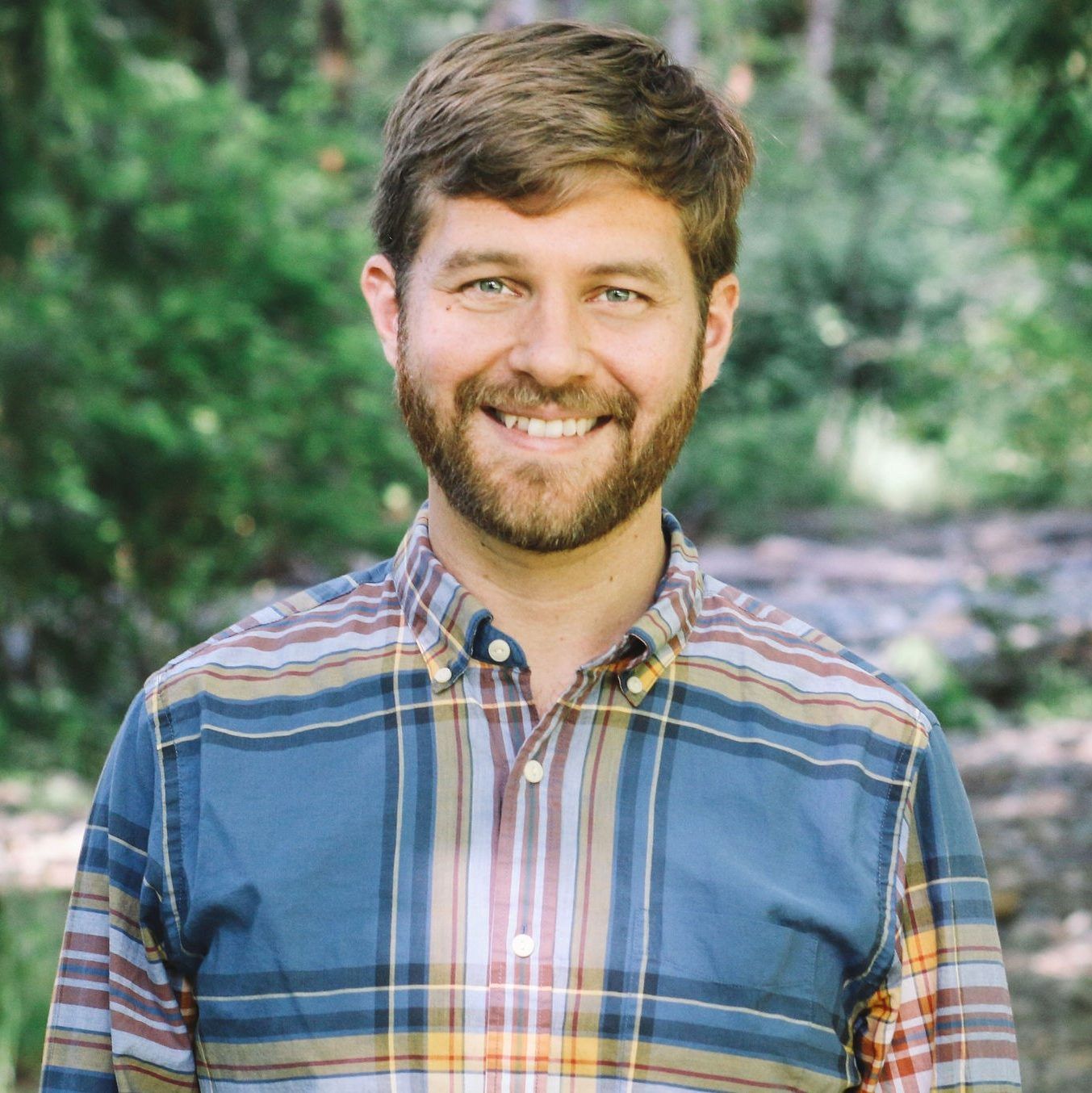God in the Dark
Jan 17
/
Drew Dixon

Sitting in the dark with the flickering light of a single candle was the beginning of healing.
It was seven years ago when I realized that January is the darkest month. I had recently moved from Texas, where seasonal changes are relatively mild, to the Pacific Northwest, where daylight shifts from sixteen hours in the summer to half that in the winter. I had also recently gone through a sudden and unexpected divorce. As the winter approached I experienced a darkness I had never known before, both around me and within me as long nights and loneliness set in.
Now, technically the longest night of the winter solstice occurs in December, but December always comes with Christmas lights, carols, and the company of others. In January, the Christmas lights come down, the music stops, and the people return to their homes, while the long nights stay. So after the flurry of December activity, January came and I found myself sitting alone in the dark with a solitary candle in front of me. And that darkness was the beginning of healing.
Our spiritual vocabulary is often marked by metaphors of darkness and light. The second century spiritual writer Origen compared prayer to “seeking the sun’s rays.” More than a thousand years later, the early Quaker George Fox described the “inward light” as a guide. We have often envisioned spiritual growth as movement toward light, but I'm convinced that darkness has its place in our spiritual formation as well.
The Genesis creation narrative says that God “separated the light from the darkness,” calling the former “day” and the latter “night.” And then throughout the rest of the narrative there is a constant rhythm of evening and morning. (Genesis 1:4-5) Creation does not emerge from light alone, but from a cycle of light and darkness—day and night.
On a much more personal level, Psalm 139 asks “Where can I go from your Spirit? Where can I flee from your presence? …If I say, ‘Surely the darkness will hide me and the light become night around me,’ even the darkness will not be dark to you… for darkness is as light to you.” (Psalm 139:7, 11-12) Whether the cosmic scale of creation or the personal place of the soul, the activity of God is present in both light and darkness.
Perhaps instead of moving toward light, spiritual growth is increasing our capacity to trust that God is present in both light and darkness.
This is what the fourth century theologian Gregory of Nyssa suggests as he explores spiritual growth through the life of Moses. Gregory traces the trajectory of Moses’ life from his early experience of God in the light of the burning bush to the confrontations in Egypt to the great deliverance of the Exodus to the people’s arrival at the foot of Mount Sinai where Moses would ascend to meet God in a “dense cloud” and “thick darkness” (Exodus 19:9, 20:21). As Gregory reflects on Moses’ journey from a bright bush to a dark cloud, he concludes, “Religious knowledge comes at first to those who receive it as light… [but as] Moses grew in knowledge, he declared that he had seen God in the darkness, that is, that he had then come to know that what is divine is beyond all knowledge and comprehension.” [1]
While Gregory of Nyssa affirms that we experience God in the light, he insists that this is only the beginning—spiritual growth will also bring us into thick clouds of darkness.
So, as I sat before the flickering flame on a long January night, the surrounding darkness became an invitation. In the midst of grief, it was an invitation to surrender what I thought life would be. In the midst of disorientation, it was an invitation to let go of assumptions I had about where God is. In the midst of so many questions, it was an invitation to release my need for answers and become more comfortable in the mystery of darkness. As I entered that darkness more fully I began to see that God was not absent after all, but rather present in a different way. That is where healing began.
A moment to reflect…
How have experiences of light and darkness shaped your spiritual journey?
What invitations do you notice in these dark January nights?
Notes:
1 Gregory of Nyssa, “The Life of Moses,” in Gregory of Nyssa: The Life of Moses, trans. Abraham J. Malherbe and Everett Ferguson, The Classics of Western Spirituality (New York: Paulist Press, 1978), 29.

Drew Dixon
Drew Dixon is a minister and spiritual director in Auburn, WA who longs to serve and shape people in the way of Christ through teaching, spiritual formation, and pastoral care.
Drew Dixon is a minister and spiritual director in Auburn, WA who longs to serve and shape people in the way of Christ through teaching, spiritual formation, and pastoral care.
Drew currently serves at the Federal Way Church of Christ where he regularly preaches, creates spiritual resources, and provides care to the congregation. He also facilitates listening spaces for individuals and community through spiritual direction and as a coordinator with Renovaré’s Fellowship of the Burning Heart.
During his downtime, Drew enjoys slow mornings, scenic walks, deep conversations, watching films, reading fantasy, history, and spiritual writings, and spending time with his wife, Katelyn. You can learn more about him on his website at https://drewldixon.com/
https://drewldixon.com/

